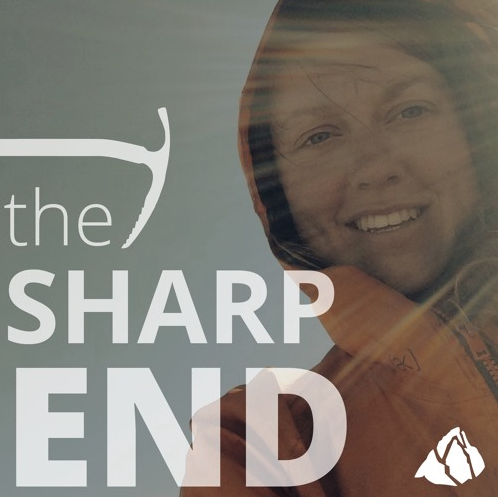Failure to Tie In
Texas, Reimers Ranch Park
|
|
|
Jaime Cavazos on Super Cruiser, the short, overhanging route where the author fell. The shelf where the author first landed is visible in front of the belayer. Photo by John Hogge |
On October 8, at the start of good climbing weather in Texas, I (36 years old) decided to start working on my 5.13 project for the season: Super Cruiser at Reimers Ranch, outside of Austin. At the end of the day we made our way to the climb. Three climbers were on the route next to us, and we casually talked about the day. One of them clipped the rope into the first and second bolt for me while he hung on his rope.
While I talked, I unconsciously tucked the free end of the rope into my harness. I never started tying in—I just didn't want the rope to swing away from me. I then went about my routine with my shoes and slowing my heart rate before beginning to climb. I never tied into the rope, but the rope moved with me as I set up. I took off my shirt to start, and my partner did not ask me to check my knot, nor did I check it myself—this is unusual for me.
I started up the route, which begins from a shelf about 10 feet off the ground and then moves up to a roof. I got to the second permadraw, about 15 feet above the shelf, and “took,” hoping to rest on the bolt. But the rope never came tight. Instead, I fell 15 feet and landed on the shelf, in a seated position, then bounced 10 feet to the ground, landing on my back. I had a compression fracture of my L5 vertebra and a chipped tooth. Somehow I did not hit my head (I did not have a helmet on). One of the climbers ran to the parking lot to call EMS and I was helicoptered to the hospital.
ANALYSIS
I was very lucky to have just a small fracture in my back and some bad bruises to show for my quick trip to the ground. I was walking in two days and back to work the next week.
I was distracted and talking too much. I was climbing with a trusted close friend. Our trust in each other doing the right thing led to complacency in our system. At any point, a quick knot check would have prevented the accident. Ultimately, the fault of this accident rests in my own distraction and not wanting to have to retrieve the rope if it swung out from the overhanging rock. Checking your knot and maintaining your system is important, no matter your experience. (Source: Nathaniel Biggs.)




